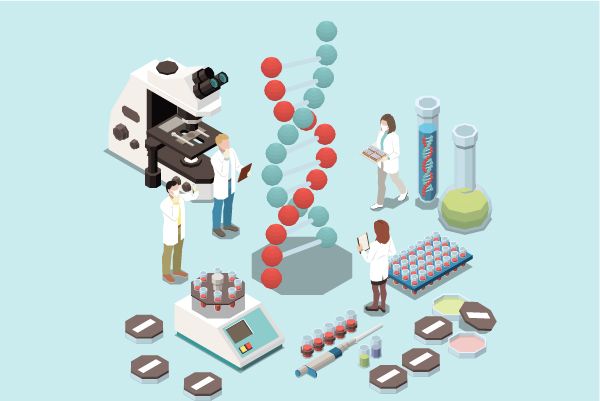Progress in the Research of Heparin antagonists
Heparin is a naturally occurring anticoagulant that plays a crucial role in the human body's blood clotting process. It is primarily produced by mast cells and acts by inhibiting the activity of various clotting factors, particularly thrombin and factor Xa. Heparin prevents the formation of blood clots by interfering with the conversion of fibrinogen to fibrin, which is essential for clot formation. This mechanism makes heparin an essential medication for preventing and treating conditions such as deep vein thrombosis, pulmonary embolism, and during certain surgical procedures. Additionally, heparin is also used in laboratory settings for various diagnostic tests related to blood clotting disorders.
Heparin Competitive Landscape
According to the data provided by Patsnap Synapse-Global Drug Intelligence Database: the following figure shows that as of 18 Sep 2023, there are a total of 12 Heparin drugs worldwide, from 19 organizations, covering 18 indications, and conducting 21 clinical trials.
👇Please click on the picture link below for free registration or login directly if you have freemium accounts, you can browse the latest research progress on drugs , indications, organizations, clinical trials, clinical results, and drug patents related to this target.
Based on the analysis of the provided data, the current competitive landscape of target Heparin shows that Dilafor AB, Modus Therapeutics Holding AB, and Lee's Pharmaceutical Holdings Ltd. are the companies growing the fastest. The highest stage of development is Phase 2, with small molecule drugs being the most rapidly progressing drug type.
The indications being explored include various diseases and conditions, but no drugs have been approved yet. The European Union, Sweden, Finland, and Italy are the countries/locations developing fastest under the current target.
Overall, the future development of target Heparin shows potential for advancements in the treatment of various indications, with a focus on small molecule drugs and ongoing research and development efforts by key companies.
Key Drug: Delparantag
Delparantag is a small molecule drug that was developed by Cellceutix Pharma, Inc. It was designed to target heparin, a commonly used anticoagulant medication. The drug was intended to be used in the treatment of cardiovascular diseases and hemic and lymphatic diseases.
👇Please click on the image below to directly access the latest data (R&D Status | Core Patent | Clinical Trial | Approval status in Global countries) of this drug.
However, despite its potential therapeutic applications, Delparantag did not progress beyond the highest phase of development and has been discontinued. The reasons for discontinuation are not provided in the given information, but it could be due to various factors such as lack of efficacy, safety concerns, or commercial viability.
As a small molecule drug, Delparantag is likely to have been developed through traditional drug discovery and development processes. Small molecule drugs are typically synthesized chemically and have a relatively low molecular weight, allowing them to be easily absorbed and distributed in the body. They often act by binding to specific targets, in this case, heparin, to exert their therapeutic effects.
The therapeutic areas of cardiovascular diseases and hemic and lymphatic diseases encompass a wide range of conditions affecting the heart, blood vessels, and blood cells. These diseases can include conditions such as heart failure, coronary artery disease, deep vein thrombosis, and various types of anemia. The development of drugs targeting these therapeutic areas is crucial for improving patient outcomes and addressing unmet medical needs.
Cellceutix Pharma, Inc. is the originator organization of Delparantag. Originator organizations are typically responsible for the initial discovery and development of a drug. They invest significant resources in preclinical and clinical studies to demonstrate the drug's safety and efficacy before seeking regulatory approval.
In summary, Delparantag is a small molecule drug developed by Cellceutix Pharma, Inc. that targets heparin. It was intended for use in the treatment of cardiovascular diseases and hemic and lymphatic diseases. However, the drug did not progress beyond the highest phase of development and has been discontinued. Further information regarding the reasons for discontinuation or any potential future developments is not provided.





